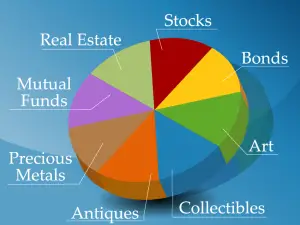
Getting started with budgeting can be empowering! Here are some beginner-friendly ideas to help you take control of your finances:
- Track Your Income and Expenses: Begin by recording all sources of income and tracking every expense for at least a month. This helps you understand where your money is going.
- Set Financial Goals: Decide what you want to achieve with your budget—saving for an emergency fund, paying off debt, or planning for a vacation.
- Use the 50/30/20 Rule: Allocate 50% of your income to essentials (rent, utilities, groceries), 30% to wants (entertainment, dining out), and 20% to savings or debt repayment.
- Create a Budget Spreadsheet or Use Apps: Tools like Google Sheets or apps like Mint or YNAB (You Need A Budget) make budgeting easier to manage and visualize.
- Start Small with Savings: Set aside a small, manageable amount each month for savings. Automate it if possible to make it a habit.
- Cut Back on Non-Essentials: Identify areas where you can reduce spending, such as limiting takeout or canceling rarely used subscriptions.
- Plan for Irregular Expenses: Set aside a bit each month to save for seasonal or irregular costs, like holiday gifts or car maintenance.
- Use Cash for Discretionary Spending: Consider using the envelope system—withdraw a set amount of cash for non-essential spending and stop when it’s gone.
- Review and Adjust Regularly: Budgets aren’t set in stone. Reassess your budget monthly to ensure it aligns with your financial situation and goals.
- Reward Yourself for Milestones: Celebrate small wins, like sticking to your budget for a month, to stay motivated and make the process enjoyable.
Starting with these simple steps can make budgeting less overwhelming and more effective.



